Here's some summer photo updates, for a taste of all the clay:
Approximatly 250 square feet of earthen floor in a kitchen space over insulated concrete. Earthen floors have much more...
Posted by Placecraft on Friday, October 23, 2015
The next set of photos is from the First Annual Port Townsend Village Building Convergence.
These photos highlight some moments during the 1st PTVBC -- some from work parties, others from evening events, all with...
Posted by Port Townsend Village Building Convergence on Wednesday, July 29, 2015
Can't-stop-us, the weekend after the Port Townsend Village Building Convergence was completed, we jumped right into Cob-N-Straw building series on Marrowstone Island (my new home!). We made two cob walls, two straw-clay walls, and finished the building with an interior clay plaster and exterior lime plaster. The final coat of exterior lime plaster will go on in the spring, after the first coat has has plenty of time to cure. I feel so proud of all of us. Some people came and went only for an hour, others stayed every single work party weekend. Nearly forty different people worked on this wonderful little house, including a few handfuls of kids. This place is full of joy and song. Thank you all so much!
This is the first project in which I took on a workshop leader role as well as lead builder. I feel great about it, and the feedback has been so wonderful as to be quite humbling. I feel thankful for all of my guidance in teaching, particularly from Mark Lakeman of Communitecture, Eva Edleson of FireSpeaking, and Joseph Becker of Ion EcoBuilding. They have grown me so much in the areas of teaching newcomers and coordinating work sites. I learned much of what I know thru years of work parties and I'm glad to be able to share what I have learned and continue to pass on the wisdom of these traditional building technologies. I see no end it to in any time soon.
Photos from August building with Cob. (Many of these photos were taken by 10-year-old Quinn.) August kids cob stomping...
Posted by Placecraft on Monday, August 3, 2015
First heavy rain of the season (and still the only heavy rain of the season) happened the day we finished the Hugelkultur at Song House Sanctuary. Great to see plants go into the new soil!
Soil, mulch and the first plantings on the Hugelkulture at Song House Sanctuary.
Posted by Placecraft on Thursday, October 22, 2015
Below are photos of finished interior clay plaster for a client building a house out of train shipping containers outside of Port Townsend. Very beautiful finish work!! It is a treasure to work here. Next month, we start building interior cob walls to enclose kitchen space, and pour a small earthen floor.
Warm Muddy Walls - work parties for interior clay plaster on a Faswall house built outside Quilcene, WA. The Yeakel and Gunn families have been coming out to get muddy together and finish their house. Nice to work with folks who have known each other for so long in such a beautiful place. Thanks to all of you! The Yeakel family has an abundance of horse manure, so this plaster is very manure-rich, composing of roughly 25% of the plaster body. Manure has excellent fine fibers and the active enzymes in the poop help to create a stronger, harder, more durable, and water resistant plaster (chemistry has a field of study on these kinds of "biopolymers"). So far, we are thrilled with the results.
I continue to build Masonry Heaters with Jason Temple thru TempleFire and this house features a masonry heater built by us in the spring of 2015. It's fun to come back and finish the walls in the house we built this heater for. Jason and I are currently working on a large Russian double bell heater on Bainbridge Island, and you can watch the progress of that stove -- and others -- on TempleFire's Facebook Page.
This is an intior clay plaster rich with horse manure. Plastering Parties October 16-17 & October 23-24 ~ Everyone welcome to come play in the mud!
Posted by Placecraft on Thursday, October 22, 2015
Personal update in the land of Making Things:
2015 is my 5th year at Saskatoon Circle - a traditional living skills gathering outside of Twisp, WA. Under the guidance of Ira Christian, five of us made gourd ukeleles, starting from a cherry stick, a gourd, a deer hide, and a goat hide. Five days of carving, drum strapping, nylon stringing, and collecting ponderosa pine pitch, deer poo, and charcol for the pitch glue -- we made fetless instruments that give off a rounded and rich tone. The curved sound holes on the side of the gourd were carved by firelight during the total lunar eclipse... & I was done carving by the time the moon was full and bright again. I love the way this little uke sounds. It's the first stringed instrument I've ever had and I'm enjoying playing it every day!
With Love & Mud & Music,
~ Hannah
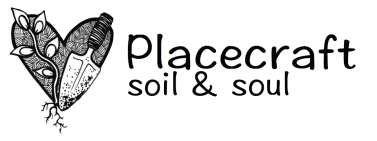

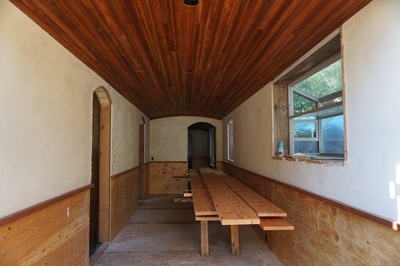
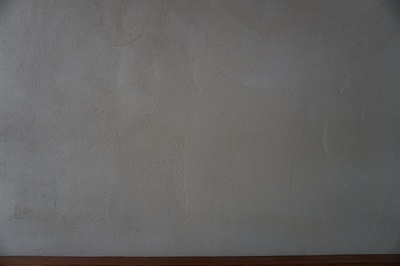
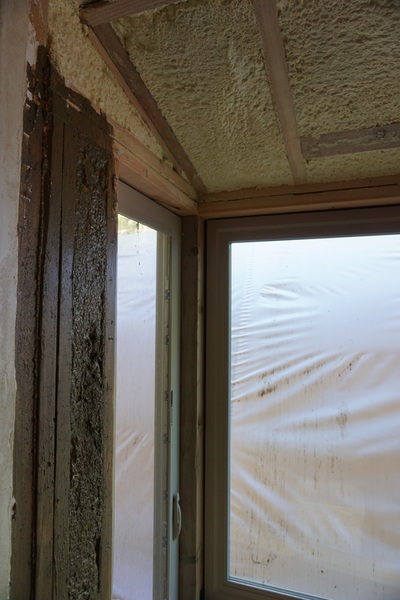
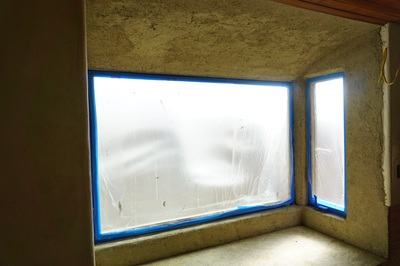
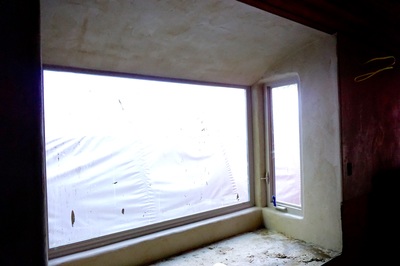
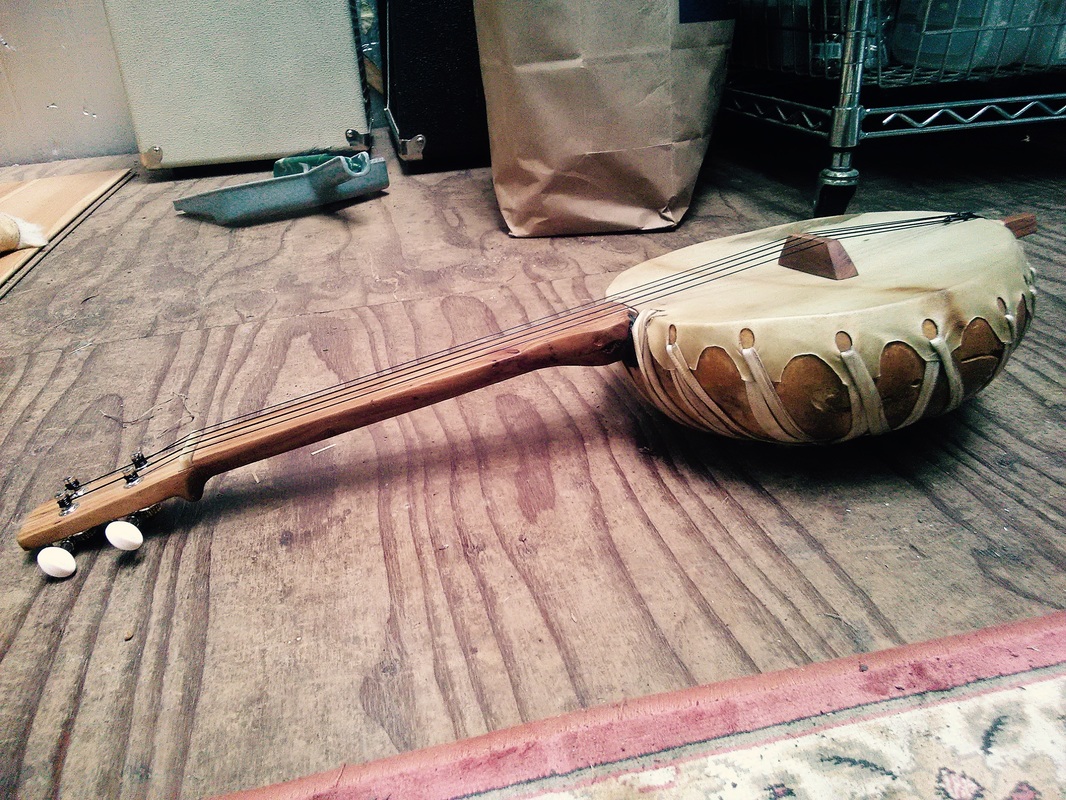
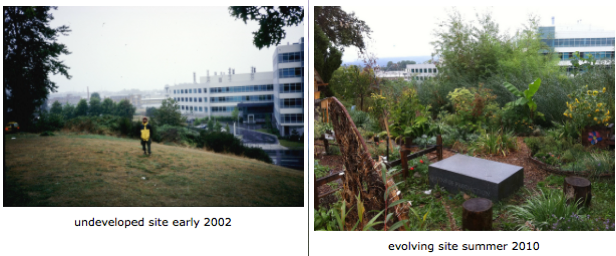
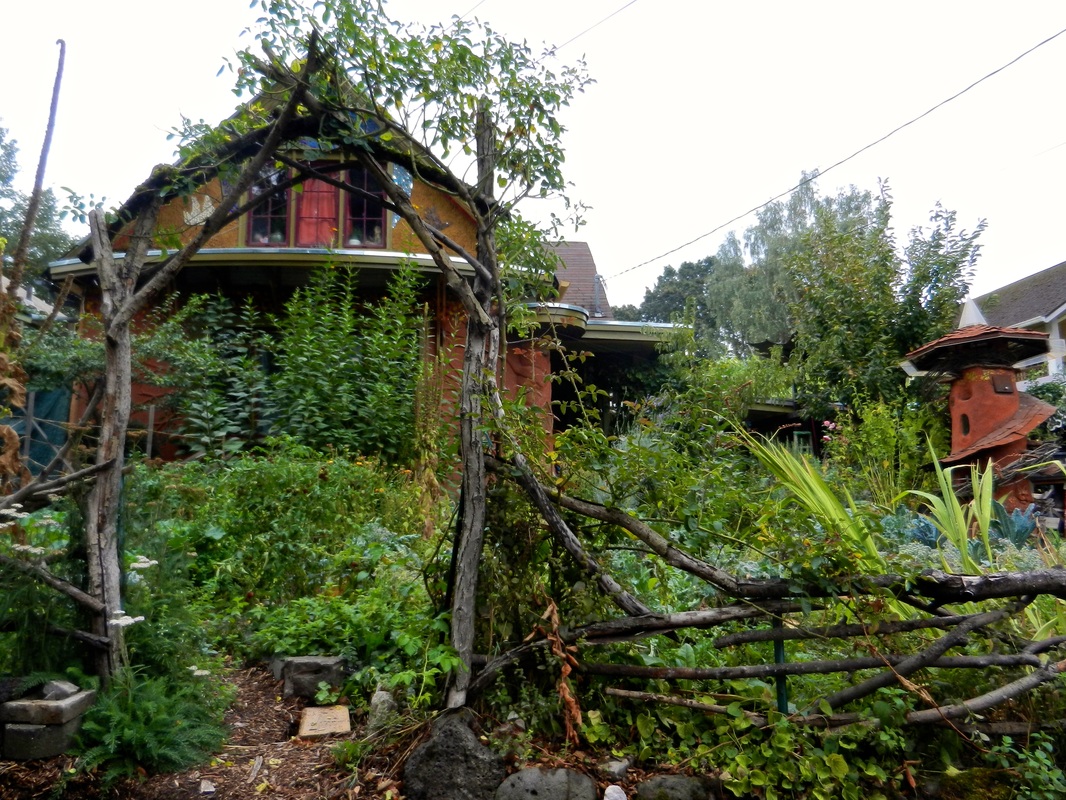


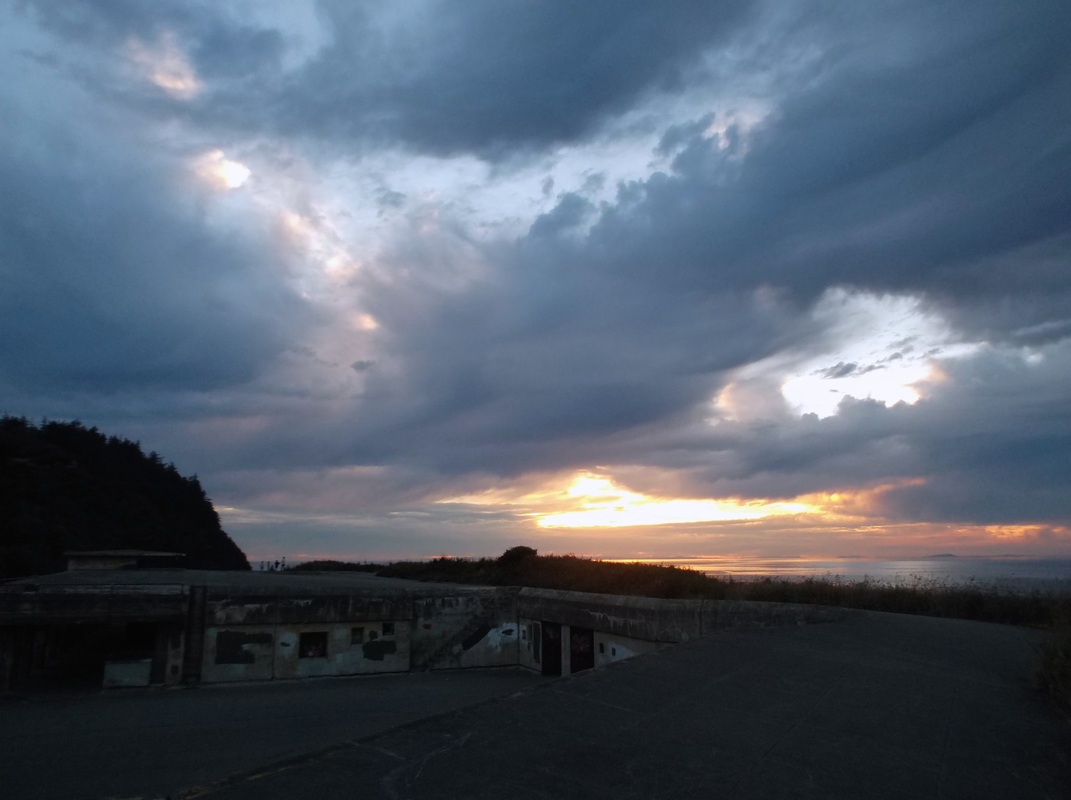
 RSS Feed
RSS Feed
